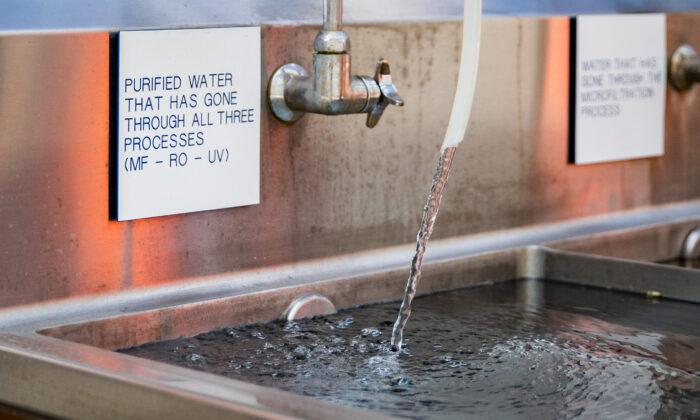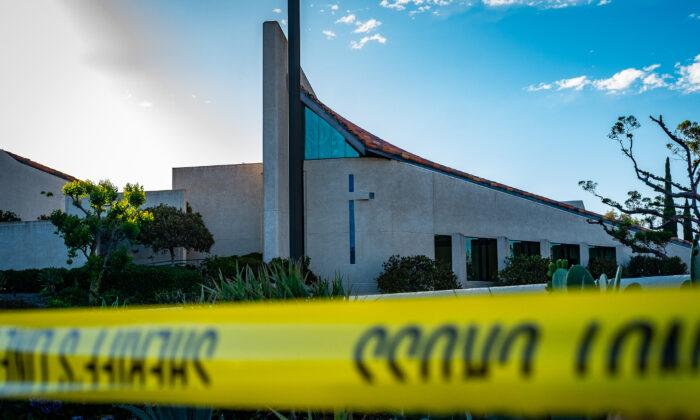SACRAMENTO—Amid California’s ongoing drought, state lawmakers moved forward with a bill that will mandate indoor residential water conservation, despite pushback from water districts.
The state Senate voted 28–9 on Senate Bill 1157 to lower the indoor water use from the current standard of 55 gallons to 47 gallons per person per day beginning 2025, and 42 gallons beginning 2030.
“This kind of water policy is what we like to call raging commonsense. As we stare down potentially endless, worsening cycles of drought in California, our water policy must match and support efforts to conserve,” said Sen. Robert Hertzberg (D-Los Angeles), the bill’s author.
However, the bill must go through the Assembly prior to becoming officially enforced.
While Hertzberg and other lawmakers applauded the conservation efforts, water districts in charge of enforcing the regulation say the bill would increase costs of operation and management—especially since water districts currently don’t keep track of indoor and outdoor water use, according to Interim General Manager of Yorba Linda Water District Doug Davert.
“Water districts are going to find themselves with a tab,” Davert told The Epoch Times.
Davert said if homeowners do not abide by the lower water usage, the cost will likely fall onto water districts as they figure out the logistics behind recording and reducing indoor water usage, he said.
“How much prying do we have to do,” Davert said, adding that the only way to determine water consumption per household and per person is to find out how many people are in each household.
Davert said that the financial impacts of the bill haven’t yet been concluded, but he expects the impact to be high.
To address the drought, Davert instead recommends investing money and effort in water storage systems—such as reservoirs.
“Southern California, through the Metropolitan Water District, has done a pretty good job over the last 50 years, developing storage [through] lakes and reservoirs,” he said, adding that Northern California lacks the same infrastructure while Southern California holds enough water in its reservoirs to last a couple of years.
“If we expand what Metropolitan has done statewide, we could really address the effects of the drought,” Davert said.




